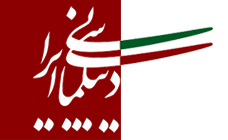Saudi-Iran Feud Draws Line Across Oilfields
Saudi fulmination against Iranian interference in the Persian Gulf finds its mirror image in Tehran. There, buses bring doctors and schoolgirls to join protests outside the Saudi embassy, as clerics, ministers and state-run media denounce the deployment of Saudi troops to Bahrain.
The Gulf, home to three-fifths of the world’s oil reserves, has largely escaped the violence that accompanied uprisings in Egypt, Libya and other countries this year. The main exception, though, carries the risk of a wider conflict. Bahrain’s Saudi- backed rulers are using force to suppress an opposition that mostly shares Iran’s Shiite faith -- exacerbating the rivalry between the region’s two most powerful and oil-rich countries.
It’s “frightening to think of this conflict and the effects on oil and other markets,” said Paul Sullivan, a political scientist specializing in Middle East security at Georgetown University.
Saudi Arabia, like Bahrain a Sunni monarchy and key U.S. ally, sent more than 1,000 troops to its neighbor, the largest component of a Gulf force named Peninsula Shield.
Protesters Killed
They arrived March 15, the day Bahrain’s ruling Al Khalifa family declared a state of emergency after a month of pro- democracy demonstrations. Security forces have killed more than 20 protesters. Human rights groups say many more have been jailed and tortured since the Saudi intervention while Shiite mosques have been destroyed, a charge the government denies.
Shiites are a majority in Bahrain. In Saudi Arabia, where they make up about 15 percent of the population, officials accuse Iran of stoking opposition to Sunni rulers.
“Iranian sectarianism is the cause of the tension,” Sheikh Abdul Mohsen al-Obeikan, an adviser to King Abdullah’s Royal Court, said in an interview in Riyadh. Bahrain’s protesters “strayed away from just asking for basic demands and went on to threats,” he said. “That’s why Bahrain’s government agreed to receive the Peninsula Shield.”
‘Hawkish Wing’
It was Bahrain’s rulers who widened sectarian schisms by crushing the protests, said Arshin Adib-Moghaddam, a lecturer at the School of Oriental and African Studies in London. “Bahrain was not a Shiite-Sunni issue until the rather more hawkish wing of the al-Khalifa family decided to turn it into one,” partly in order to signal to the U.S. that any alternative regime would be pro-Iran, he said.
Other Gulf countries are also targeting Iran. Kuwait, whose Shiite minority protested the Peninsula Shield deployment, sentenced two Iranians and one Kuwaiti to death for spying in March.
Crude prices have jumped almost 20 percent to about $100 a barrel since unrest in Bahrain andLibya began mid-February. That increase suits Iran’s strategy better than Saudi Arabia’s, according to Jarmo Kotilaine, chief economist at National Commercial Bank in Jeddah, Saudi Arabia.
“Saudi Arabia has a long history of fostering stability in the oil markets,” he said. “Iran wants to produce more oil at higher prices.”
Iran had 138 billion barrels of reserves at the end of 2009, according to the BP Statistical Review of World Energy. Saudi Arabia had 265 billion. The kingdom is the world’s biggest oil exporter, and spends some of the revenue arming itself. It has agreed to buy $60 billion of equipment including Boeing Co. (BA) F-15 fighter jets and attack helicopters.

